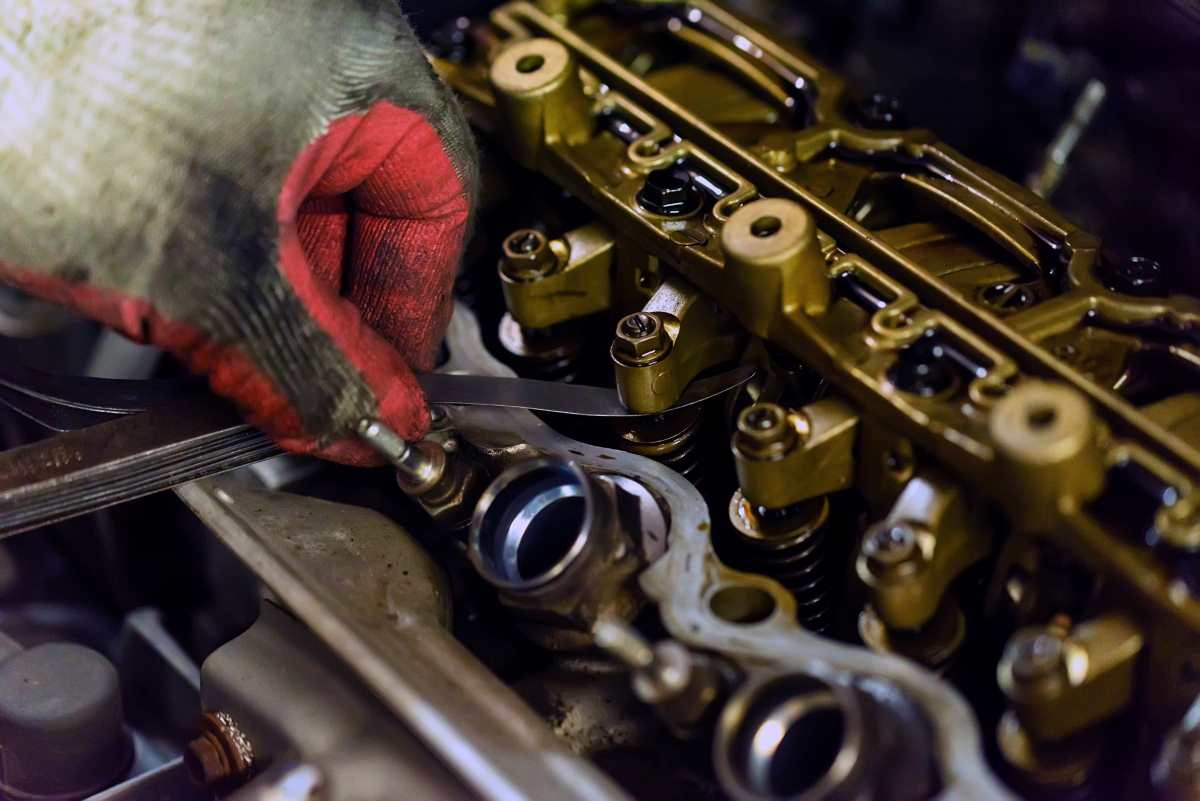9000+ Cashless
Network Garages
96% Claim
Settlement (FY23-24)
24*7 Claims
Support
Click here for new car
I agree to the Terms & Conditions

General
General Products
Simple & Transparent! Policies that match all your insurance needs.


37K+ Reviews
7K+ Reviews
Scan to download
Life
Life Products
Digit Life is here! To help you save & secure your loved ones' future in the most simplified way.


37K+ Reviews
7K+ Reviews
Scan to download
Claims
Claims
We'll be there! Whenever and however you'll need us.


37K+ Reviews
7K+ Reviews
Scan to download
Resources
Resources
All the more reasons to feel the Digit simplicity in your life!
 Tools & Calculators
Tools & Calculators


37K+ Reviews
7K+ Reviews
Scan to download
37K+ Reviews
7K+ Reviews
 Logout
Logout
Our WhatsApp number cannot be used for calls. This is a chat only number.


9000+ Cashless
Network Garages
96% Claim
Settlement (FY23-24)
24*7 Claims
Support
Click here for new car
I agree to the Terms & Conditions

Add Mobile Number
Sorry!

9000+ Cashless
Network Garages
96% Claim
Settlement (FY23-24)
24*7 Claims
Support
Terms and conditions

A reliable car with proper maintenance can serve you for numerous years. However, to ensure its longevity, it is crucial for car owners to understand the functions of some key components in their vehicles and consistently perform maintenance functions. One such component is thermostatic valves.
Delve into the functions of thermostatic valves, the different types of valves in engines, and other relevant details.
A thermostat is a device that maintains a crucial role in maintaining the engine’s operating temperature. It is located within the engine's cooling system, generally between the engine and the radiator.
This device is designed to determine the correct timing for valve opening and closing accurately. As a result, it ensures that the internal combustion engines work within the desired temperature range.
Take a look at the working of thermostatic valves:
Thermostatic valves can be categorised into two main types based on their temperature-sensing mechanism and control.
Here are some of the major functions of the thermostatic valve.
The common pressing issue with thermostatic valves is being stuck in either closed or open positions. This can seriously affect the engine’s temperature control, leading the engine to become either too cold or too hot. As a result, the car’s performance can be severely affected.
By following the steps below, you can assess the conditions of the valve.
Thus, a thermostatic valve is crucial to a car’s cooling system. Regular monitoring and maintenance are essential for the car's smooth operation, ensuring its longevity.
A thermostatic valve regulates the temperature of the system's coolant, ensuring the engine works within a steady temperature range.
A thermostatic valve regulates the temperature of the system's coolant, ensuring the engine works within a steady temperature range.
The most common issue with thermostatic valves is being stuck in either an open or closed position leading to engine overheating or excessive cooling. Other common problems include valve failures, leaks, etc.
The most common issue with thermostatic valves is being stuck in either an open or closed position leading to engine overheating or excessive cooling. Other common problems include valve failures, leaks, etc.
To answer this precisely, a thermostatic valve is neither hot nor cold. Its function is to control the temperature of fluids like coolant within the engine system.
To answer this precisely, a thermostatic valve is neither hot nor cold. Its function is to control the temperature of fluids like coolant within the engine system.
Please try one more time!
Other Important Articles About Different Car Parts
Other Important Articles about Car Insurance
Have queries related to Digit motor insurance policy? You can refer to our Policy Wordings for detailed information or reach out to our support team via WhatsApp self-support, email or phone using the information below:
Connect with our self-serve chat bot support - 7026061234
Write to us at hello@godigit.com
Contact
Call us on 1800-258-5956
Other Motor Insurance Plans and Guides
Currently there are no news to show.
Read More
Renew & Download Policy Document, Check Challan, Credit Score, PUC & more
Anytime, Anywhere. Only on Digit App!

4.7
Rated App56K+ Reviews
4.7
Rated App
56K+ Reviews
4.3
Rated App11K+ Reviews
4.3
Rated App
11K+ Reviews
Scan to Download


Author: Team Digit
Last updated: 07-04-2025
CIN: L66010PN2016PLC167410, IRDAI Reg. No. 158.
Go Digit General Insurance Limited | Corporate Office Address: Atlantis, 95, 4th B Cross Road, Koramangala Industrial Layout, 5th Block, Bengaluru 560095 | Registered Office Address: 1 to 6 floors, Ananta One (AR One), Pride Hotel Lane, Narveer Tanaji Wadi, Shivaji Nagar, Pune-411005, Maharashtra | Trade logo of Go Digit General Insurance Ltd. displayed above belongs to Go Digit lnfoworks Services Private Limited and is provided and used by Go Digit General Insurance Ltd. under license.
Explore exclusive features, file claims & access policy on Digit App!
You can also scan this QR code to download the App.